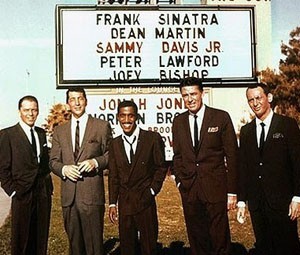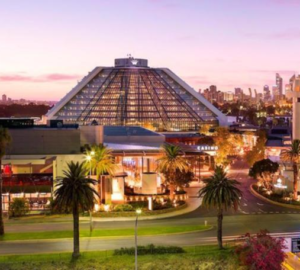When we look at casino culture today, it seems hard to imagine that it was once a world that priced out most ordinary people, as well as offering a fraction of the options that we enjoy today. But, to understand how we’ve reached where we are now, you have to look at how things developed through the 20th century and beyond.
Although casinos have existed in some form or another since the 17th century, it was really only in the late 19th Century that they made the transition from Europe to America. In Europe, these were exclusive members’ clubs frequented by the rich, who were more likely to be playing roulette and the card game that was to become blackjack called “vingt et un”.
So, this couldn’t really be further from today’s casino culture where players can still enjoy these games but with modern additions like online bingo and beginner slots machines. In fact, probably no game encompasses the change quite as much as bingo. Bingo is open to everyone, easy to play, and has many different themes and variations, from fishing to Norse mythology. Plus, the fact that you can play using bonuses and jackpots, really demonstrates how casino culture has shifted, from exclusivity and limited options to inclusivity, accessibility, and choice.
But, to go back to the origins of casinos and casino culture, it did begin to change when the move was made from Europe to America. In the New World, where the class structures were replaced by a meritocracy more rooted in new money than aristocracy, it meant a very different kind of player moved in. By the 1920s, casinos were often combined with the speakeasies of the time.
But it wasn’t until the 1930s that today’s undisputed casino capital of the United States, Las Vegas, first started to establish itself. Until then it had been a small town in the middle of the Nevada Desert with nothing distinctive to mark it out from thousands of other similar settlements across the US. But it was when the Hoover Dam came to be built that there was a need for somewhere that the workforce of thousands of, mainly, men could find entertainment, as well as somewhere to spend their wages.

Casinos started to spring up and the rest, as they say, is history. For many, the nostalgic heyday of the city was probably in the 1950s and 60s when Sinatra and the Rat Pack represented the casual cool that was so appealing to so many people.
But it wasn’t an age that lasted very long before the big corporations moved in, who still run Vegas today. Now, like online casinos, the city welcomes one and all from the day-trippers to the high rollers and offers a truly mind-boggling choice of games to play. And, while some may still lament the passing of the old world of casinos, for most of us, the changes have been very welcome indeed.
- Are Your Assets in Danger if Your Spouse Gets Into a Car Accident During Your Divorce? - July 23, 2024
- Breaking Down The Costs: How Much Does Crime Scene Cleanup Cost? - July 10, 2024
- Can Weed Make You Angry? - July 3, 2024









